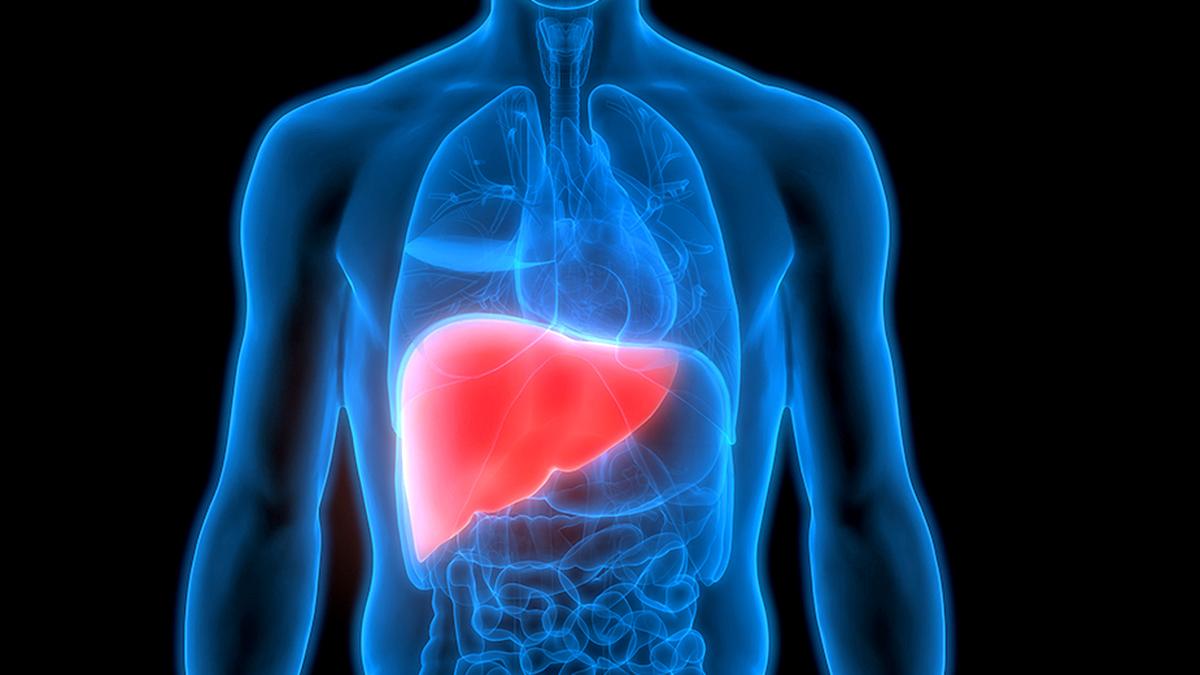Deaths due to liver diseases have been rising steadily in India. While this trend has been evident for some time, three patterns — across sex, age, and States — may offer some clues as to why. Diseases of the digestive system, with liver diseases accounting for a substantial share, was the eighth leading cause of death in 2022. It had not ranked among the leading causes of death in any of the previous five years.

Chart 1 shows the sex-wise number of certified deaths due to ‘diseases of digestive system’ between 2012 and 2022. (It is important to note that the Medical Certificate of Cause of Death uses the term ‘sex’.)
The number of men dying from digestive diseases was consistently more than three times higher than that of women. In fact, the number of male deaths rose more sharply. In 2022, the number of men who died from the disease was 3.5 times that of women — the highest ratio since 2016.
A large proportion of deaths from digestive diseases are due to liver-related problems. Chart 2 shows liver disease’s share among all digestive diseases.
In 2022, 75% of men who died of digestive diseases had liver disease, compared to 57.5% of women. Other causes, which make up only a small share, include pancreatic disorders, peritonitis, and ulcers.
The chart also highlights a clear sex gap. Among women who died from digestive diseases, the proportion attributed to liver problems ranged from 52% to 57% between 2012 and 2022. In contrast, for men, liver diseases accounted for a much higher share of digestive disease deaths, consistently ranging from 70% to 75%.
Chart 3 shows the same information as in Chart 1, but only for deaths due to ‘liver diseases’. A stark sex gap is seen here as well.
Chart 4 shows the age-wise distribution of deaths due to digestive diseases across sexes in 2022.
Among women, the burden of digestive disease deaths increased significantly with age: over 30% of female deaths occurred in the 65+ age group, suggesting that age-related liver complications could be a key factor. In contrast, among men, the highest share of deaths occurred in the 45–54 age group, followed closely by those aged 35-44. This indicates that men were dying from digestive diseases predominantly in their middle age.
Map 5 shows the proportion of deaths caused by digestive diseases out of all medically certified deaths within each State in 2022.
For instance, in Sikkim, nearly 20% of certified deaths were due to digestive diseases, the highest among all the States. Notably, the north-eastern States stand out: in five of them, over 10% of certified deaths were attributed to digestive diseases. No other State recorded a double-digit share.
Research shows that alcohol consumption is strongly linked to a higher risk of liver disease. In India, only about 1% of women consume alcohol, compared to 19% of men. Read together with data from Charts 3 and 4, it may be worth investigating whether alcohol use among middle-aged men is contributing to the higher number of liver-related deaths.
Studies have also shown that excessive meat consumption is associated with a higher risk of liver disease. Data from the National Family Health Survey shows that the combined prevalence of meat consumption and alcohol use is highest in the north-east. This overlap could explain the elevated burden of liver disease in the region.
Given the patterns observed, it is important to further investigate the links between meat and alcohol consumption and liver disease. The data presented here shows correlation, not causation. More research is needed to establish any direct relationships.
Source: Medical Certificiation of Cause of Death reports produced by the Officer of the Registrar General & Census Commissioner, India
Published – June 27, 2025 08:00 am IST
